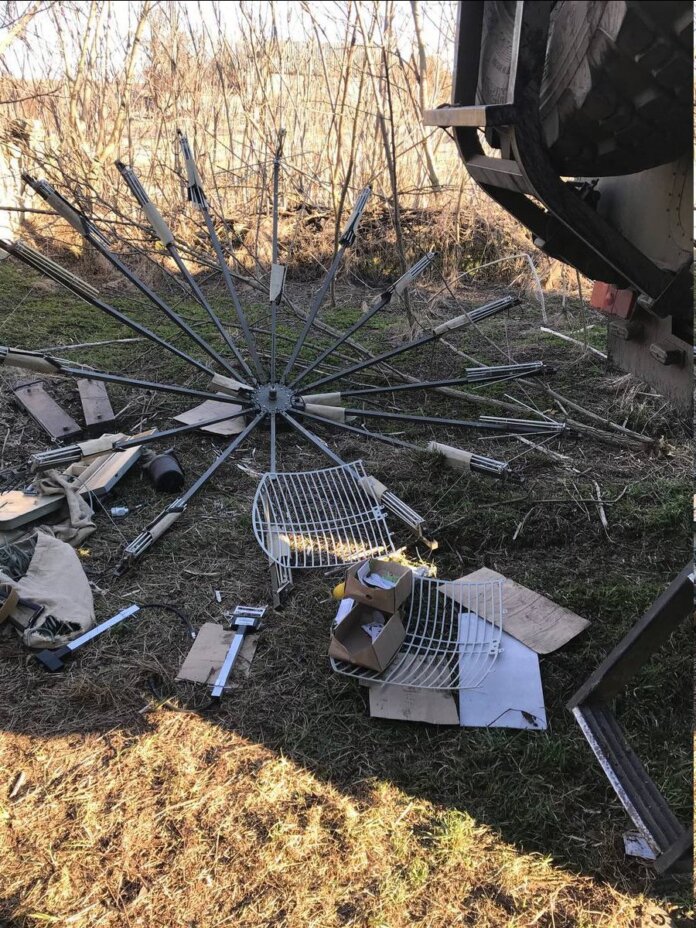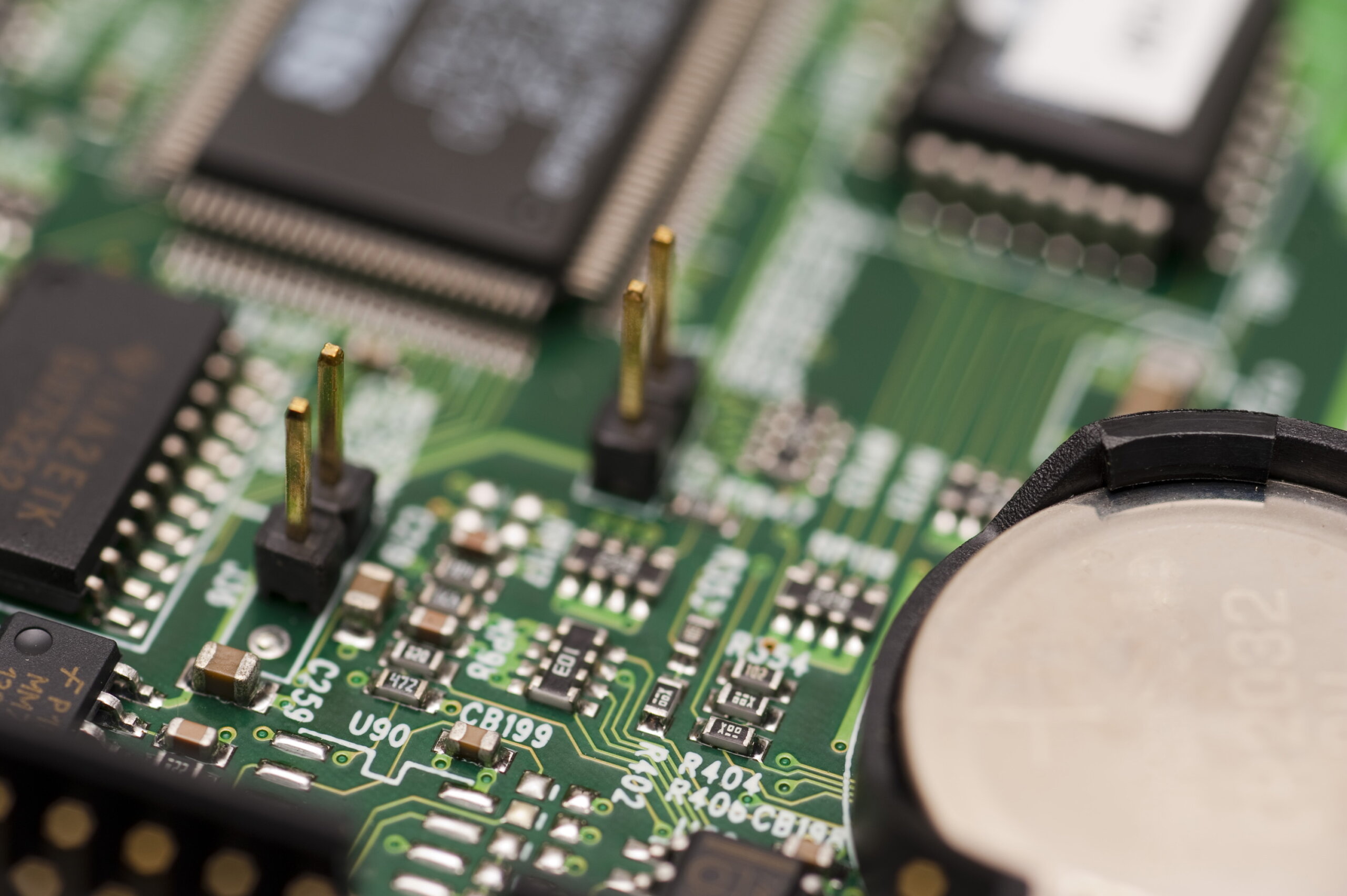
Russian electronic warfare systems are relying on Western components according to a report from a London think tank.
Silicon Lifeline makes for sobering reading. A detailed study by the Royal United Services Institute (RUSI) published in August, it lays bare the Russian military’s reliance on non-Russian electronics. Electronic Warfare (EW) systems stand out as dependent on electronics produced by third countries. These countries include in Japan, the United Kingdom and the United States. Dutch-US, Franco-Italian and Swiss suppliers are also mentioned.
The systems
The Russian Army’s Torn-MDM Communications Intelligence (COMINT) system deployed with the force’s reconnaissance battalions may have at least 15 components from British and Japanese firms. These include capacitors, resistors and crystals. Western components from US companies are in the army’s R-330BMV COMINT and Communications Jamming (COMJAM) platform. Parts include analogue to digital converters. Orlan-10 uninhabited aerial vehicles, comprising the army’s RB-341V Leer-3 COMINT/COMJAM system, include Western navigation modules and pressure sensors. More details on the Orlan-10’s concept-of-operations can be found in our Master and Servant article. One can assume other Russian EW systems have a similar reliance on non-Russian electronics.

Sources of supply
Exports of some of these components are covered by national controls on sensitive technologies. The report stresses that the companies may not have willingly supplied export-controlled parts. Nonetheless, RUSI’s revelations beg the question as to how they found their way into these Russian systems.
The report says that some components can be purchased through legitimate commercial channels, particularly if they are not covered by any national or international legal restrictions. Other components may now be controlled but might have been purchased before their sale to Russia was restricted. Current international sanctions against Russia were imposed after her invasion of southern Crimea in February 2014. Thirdly, and more nefariously, these components may have been fraudulently or illegally acquired by unscrupulous dealers. Likewise, components may have been legitimately purchased by a third country and then be exported to Russia.
Why have these components ended up in Russian kit, and what does this say about the health of the Russian electronics industry? Gary Somerville, RUSI research fellow for open-source intelligence and analysis and one of the report’s authors, told Armada that the systems examined also included scores of components produced by Russian manufactures. “What we realised is that the critical components are coming from non-Russian suppliers”. These “include export-controlled components from the United States”.
Russian Failings
The RUSI report posits that “in order for Russian weapons to use foreign-sourced components, it is necessary for the manufacturer to justify to the Russian Ministry of Defence why the specific component must be used”. It continues that “(t)he manufacturer must explain why it cannot be made in Russia economically, why an alternative component from a friendly country cannot be substituted and why the introduction of the component does not compromise the security of the device”.
The document concludes that the foreign components it has flagged “are for the most part critical to the viability of these systems”. Have Russian EW manufacturers satisfied all these Russian government criteria? If so, what does this say about the Russian electronics industry’s ability to realise these components? Mr. Somerville says this indicates that “Russia may not have the capability to reproduce components to the same level of sophistication and at the same volume” as those she sources from third countries. “Either they cannot produce them domestically, or it may be easier and cheaper to procure them from abroad and ship them to Russia”.
It is difficult to escape the conclusion that the Russian defence electronics industry is dependent on these components to build sophisticated EW systems. Perhaps the Russian electronics industry is simply unwilling or unable to produce these components? If so, this represents a glaring capability gap the West and its allies can exploit as a Clausewitzian centre-of-gravity.
Nonetheless, Russia may have accrued significant stockpiles of the vital components she needs for these EW systems. There is no way of knowing the quantity of these components Russian manufacturers may have stockpiled. The conditions of their storage are also unknown: “If components are not stored in the right way, they can degrade, for example if they are stored in an environment with lots of moisture” says Mr. Somerville.
One cause of optimism is the fact that several of the components examined by Mr. Somerville and his colleagues “are dated from the late 1980s/early 1990s”. The use of these comparatively old components in some systems maybe a way of clearing legacy stocks. This would allow newer electronics can be added to EW systems when needed.
Controls
On the one hand, domestic legislation and international regimes controlling the movement of advanced electronics into Russia must be tightened. Russia may have stockpiled electronics to cope with precisely this course of action, but it is still worth choking the supply where possible. Nations which knowingly act as third parties letting these components reach Russia must suffer punishment. At the same time, as the report notes, countries around the world like India are dependent on Russian arms. They may balk to losing their supply of Russian technology. This could generate anger against the West if this course of action is perceived as affecting their security.
Nonetheless, this may present an opportunity. Where possible Western and allied suppliers could step in to offer equivalent, if not superior, materiel to fill any gaps. This may have the added benefit of deepening strategic alliances while benefitting Western and allied defence companies.

by Dr. Thomas Withington












